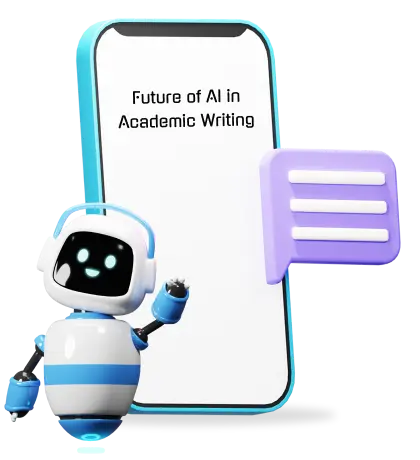Imagine a world where learning isn't just about sitting in classrooms and listening to lectures.
Instead, it's an interactive experience where you and your classmates actively work together to solve problems, share ideas, and discover new things.
This is what we call "collaborative learning," and it's a game-changer.
But wait, there's more!
Enter AI, the magical technology that can add a touch of wonder to collaborative learning.
AI isn't here to replace teachers or make learning boring.
On the contrary, it's here to enhance your educational journey, making it more exciting and personalized just for you.
In this blog, we'll explore how AI works hand in hand with collaboration to supercharge our learning adventures. We'll discover the cool ways AI supports us in sharing ideas, communicating, and working together on exciting projects.
So, let’s get started!
Collaborative learning is a dynamic and engaging educational approach that emphasizes teamwork, cooperation, and active participation among students.
Unlike traditional teaching methods, collaborative learning encourages students to work together in groups to achieve common learning goals.
In collaborative learning environments, students are seen as active contributors to their own education. They become co-creators of knowledge rather than passive recipients of information.
Collaboration is like a superpower that boosts our ability to think critically and solve problems.
Let's explore how collaboration fuels critical thinking and problem-solving skills:
In collaborative learning environments, each person brings their unique experiences, knowledge, and viewpoints to the table.
When we collaborate, we get exposed to a rich tapestry of perspectives that we might not have considered on our own.
Two (or more) heads are better than one! Collaboration is like a brainstorming bonanza, where ideas flow freely and creatively.
Working with others encourages us to challenge our own assumptions and beliefs. Sometimes, we might think we have all the answers, but through collaboration, we realize there's always more to learn.
Communication is the key to successful collaboration. When we work with others, we must express our thoughts clearly and listen actively to understand their ideas.
In collaborative problem-solving, we don't jump straight to solutions. Instead, we take the time to analyze the problem thoroughly and evaluate different options.
Imagine having a super-smart teammate who can help you and your classmates work together seamlessly.
AI is like a digital collaborator that empowers students and educators to create a dynamic and effective collaborative learning environment.
One of the key ways AI enhances collaborative learning experiences is by creating personalized learning paths for each learner.
AI algorithms can analyze a student's strengths, weaknesses, learning pace, and preferences to curate a customized learning journey.
For example, if one student excels in visual learning while another prefers reading, AI can recommend different types of collaboration activities to cater to their unique needs.
AI can significantly impact the formation of collaborative learning groups. By analyzing students' performance data, AI algorithms can assemble groups with complementary skills and knowledge.
For instance, if a group project in a science class requires a mix of expertise in different subjects, AI can identify students with the most relevant skills.
This ensures that collaborative learning experiences are more productive and that students can benefit from each other's strengths.
Another way AI enhances collaborative learning is through real-time progress tracking and feedback.
AI-powered platforms can monitor the activities and contributions of individual students within a group project.
This allows instructors to assess each student's level of participation, teamwork, and understanding of the subject matter.
AI can also provide instant feedback to students, highlighting areas for improvement and suggesting resources or peer collaboration to address specific challenges.
AI-driven natural language processing (NLP) tools are transforming communication within collaborative learning environments.
These tools can analyze and understand written and spoken language, enabling more effective communication among students in different languages and with varying communication styles.
NLP can also facilitate language translation, making it easier for students from diverse linguistic backgrounds to collaborate seamlessly.
Moreover, NLP-driven chatbots and virtual assistants can provide real-time support, answer questions, and offer language corrections, enhancing the quality of collaborative interactions.
AI plays a crucial role in recommending relevant content and facilitating resource sharing among students engaged in collaborative learning.
AI algorithms can analyze the topics under discussion, students' learning goals, and their current progress to suggest additional materials. This includes videos, or other interactive simulations.
This not only enriches the learning experience but also encourages students to share valuable resources with their peers.
AI-driven content recommendation systems ensure that the collaborative learning environment is well-informed and dynamic, promoting a culture of knowledge sharing and exploration.
AI is a fascinating branch of computer science that aims to create machines that can mimic human intelligence.
These intelligent machines can learn from experience, adapt to new situations, and perform tasks that typically require human intelligence.
AI has made remarkable progress in various fields, such as healthcare, finance, transportation, and entertainment, and its applications continue to grow.
In the realm of education, AI is reshaping the way we learn, teach, and interact with information.
AI powered tools are transforming traditional classrooms into personalized learning environments, where each student's needs and abilities are addressed in unique ways.
The integration of AI in education offers a plethora of advantages and has the potential to revolutionize learning outcomes:
While AI offers promising opportunities to enhance education, its implementation also comes with potential pitfalls and ethical challenges.
It is crucial to be aware of these concerns to ensure the responsible and ethical use of AI in collaborative learning environments.
Let's explore some of the key pitfalls and ethical considerations:
AI systems in education often collect and process sensitive student data. There is a risk of data breaches, unauthorized access, or misuse of this information.
Educational institutions must prioritize data privacy and security to safeguard students' personal information.
AI algorithms can inherit biases present in the data they are trained on. If the training data is not diverse or representative, it may result in biased outcomes, and disadvantage certain student groups.
Efforts must be made to ensure AI systems are fair, transparent, and equitable.
While AI can be a valuable aid, over-reliance on AI tools may lead to reduced human interactions and social learning experiences. Striking a balance between AI-driven support and traditional teaching methods is crucial for holistic learning.
AI is not a substitute for human educators. Relying solely on AI tools may lead to a lack of expert guidance, mentorship, and emotional support that teachers provide to students.
Not all students may have access to the required technology or stable internet connections for AI-powered learning. This could create disparities and hinder inclusivity in education.
AI systems may optimize for specific performance metrics, leading to unintended consequences like teaching to the test or focusing on surface-level learning instead of deeper understanding.
Data analysis AI tools should be used ethically and transparently. There should be clear communication with students and parents about how data is collected, processed, and used to improve their learning experience.
In conclusion, collaborative learning helps us learn in fun and engaging ways. But with AI by our side, learning becomes even more awesome!
AI gives us personalized help, cool tools, and smart suggestions, making our learning journey unique and enjoyable.
Remember, AI isn't here to replace teachers or take over our learning. It's here to help us, like a friendly companion, as we explore new ideas and work together on projects.
Looking to take your writing to the next level? Embrace the future of academic excellence with PerfectEssayWriter.ai.
Our essay writer tool empowers you to effortlessly create exceptional essays. Let artificial intelligence enhance your writing experience and bring your ideas to life.
Say goodbye to writer's block and hello to polished, well-crafted essays with PerfectEssayWriter.ai.

WRITTEN BY
Cathy A. (Mass Communication, Education)
Cathy is a highly dedicated author who has been writing for the platform for over five years. With a Master's degree in Mass Communication, she is well-versed in various forms of writing such as articles, press releases, blog posts, and whitepapers. As an essay writing guide author at PerfectEssayWriter.ai, she has been helping students and professionals improve their writing skills by offering practical tips on research, citation, sentence structure, and style.
For more than five years now, Cathy has been one of our most hardworking authors on the platform. With a Masters degree in mass communication, she knows the ins and outs of professional writing. Clients often leave her glowing reviews for being an amazing writer who takes her work very seriously.
On This Page On This Page
Share this article
AI in Collaborative Learning Environments
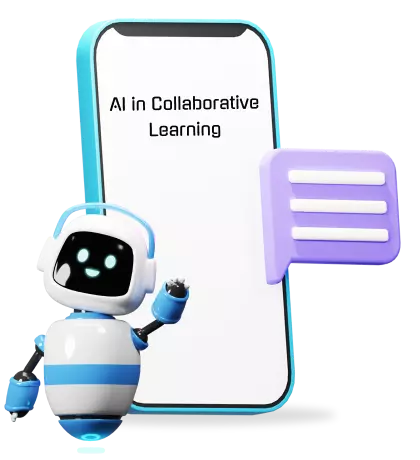
AI Tutors: Personalized Learning for Students in the Digital Classroom
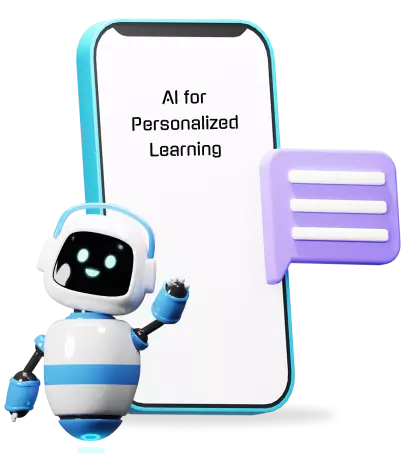
AI and the Future of Teacher-Parent Communication
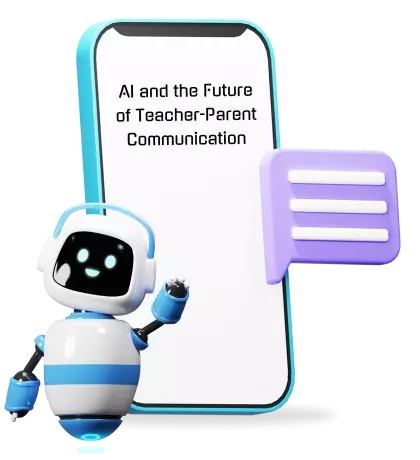
AI in Curriculum Design: Adapting Education for the Future
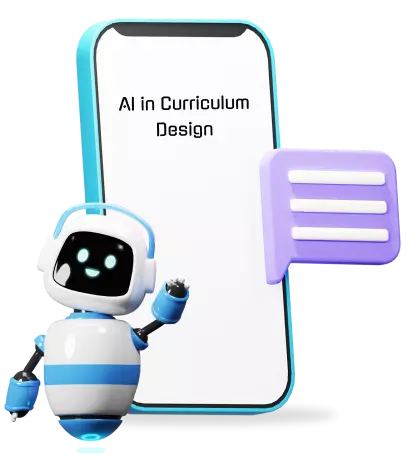
AI and Multilingual Education: Bridging Language Barriers in Learning
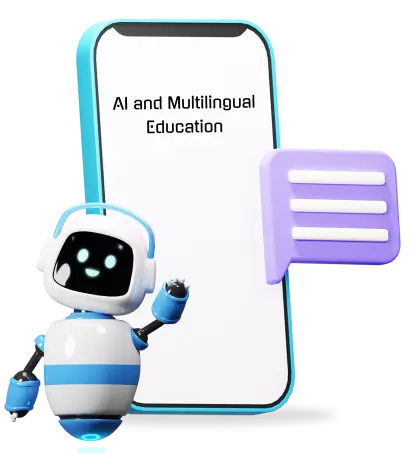
AI and Special Education: Empowering Students with Disabilities
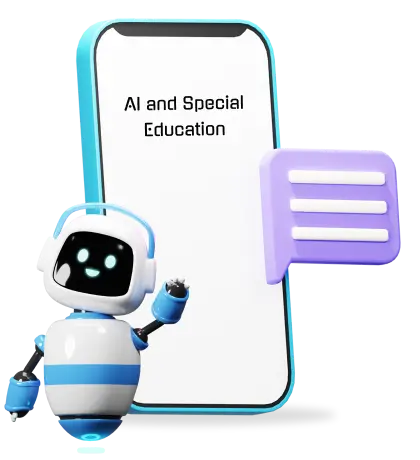
AI and Research Discovery
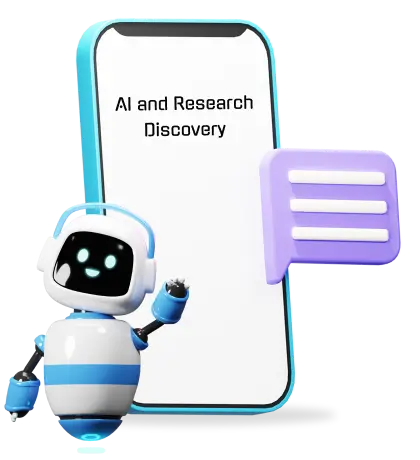
AI in Peer Review: Transforming the Academic Publishing Process
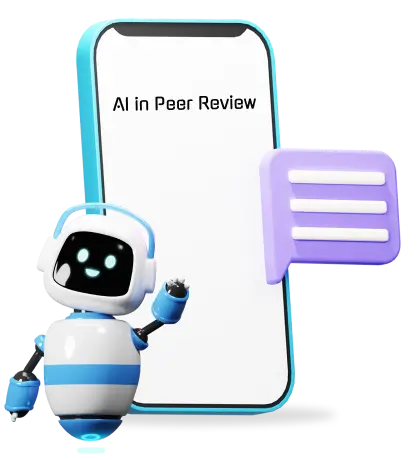
AI's Impact on Student Performance
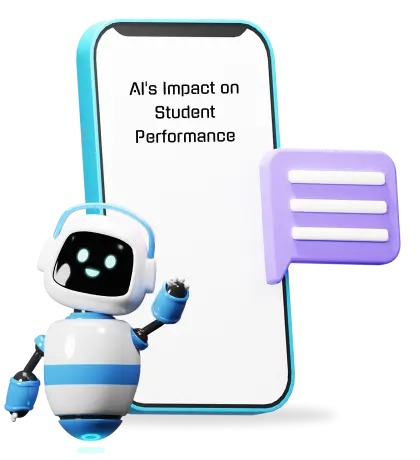
Ethical Considerations in AI Research: Ensuring Fairness and Bias Mitigation
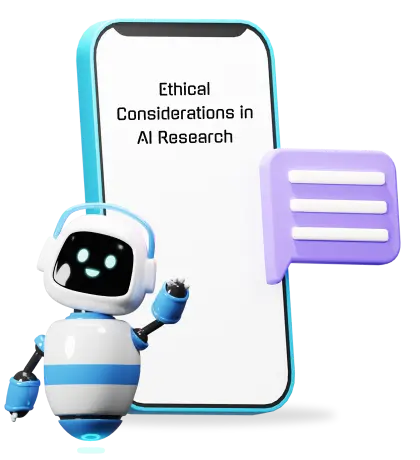
Ethical Considerations in AI-Generated Academic Content
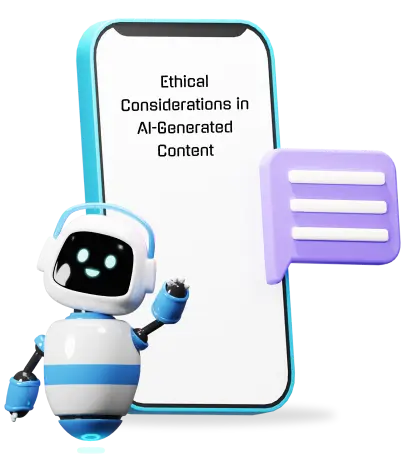
The Future of AI in Academic Writing: Trends and Predictions
